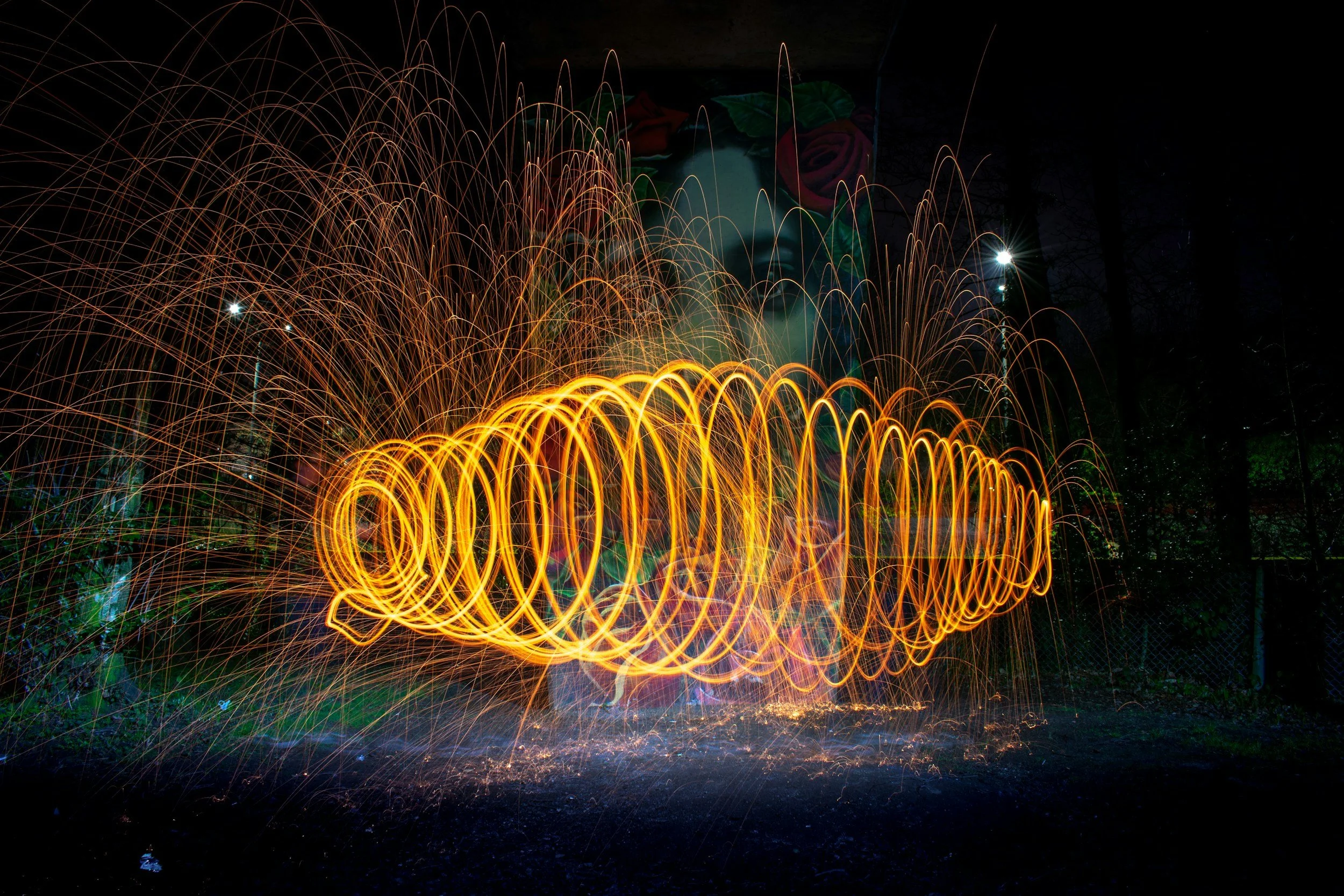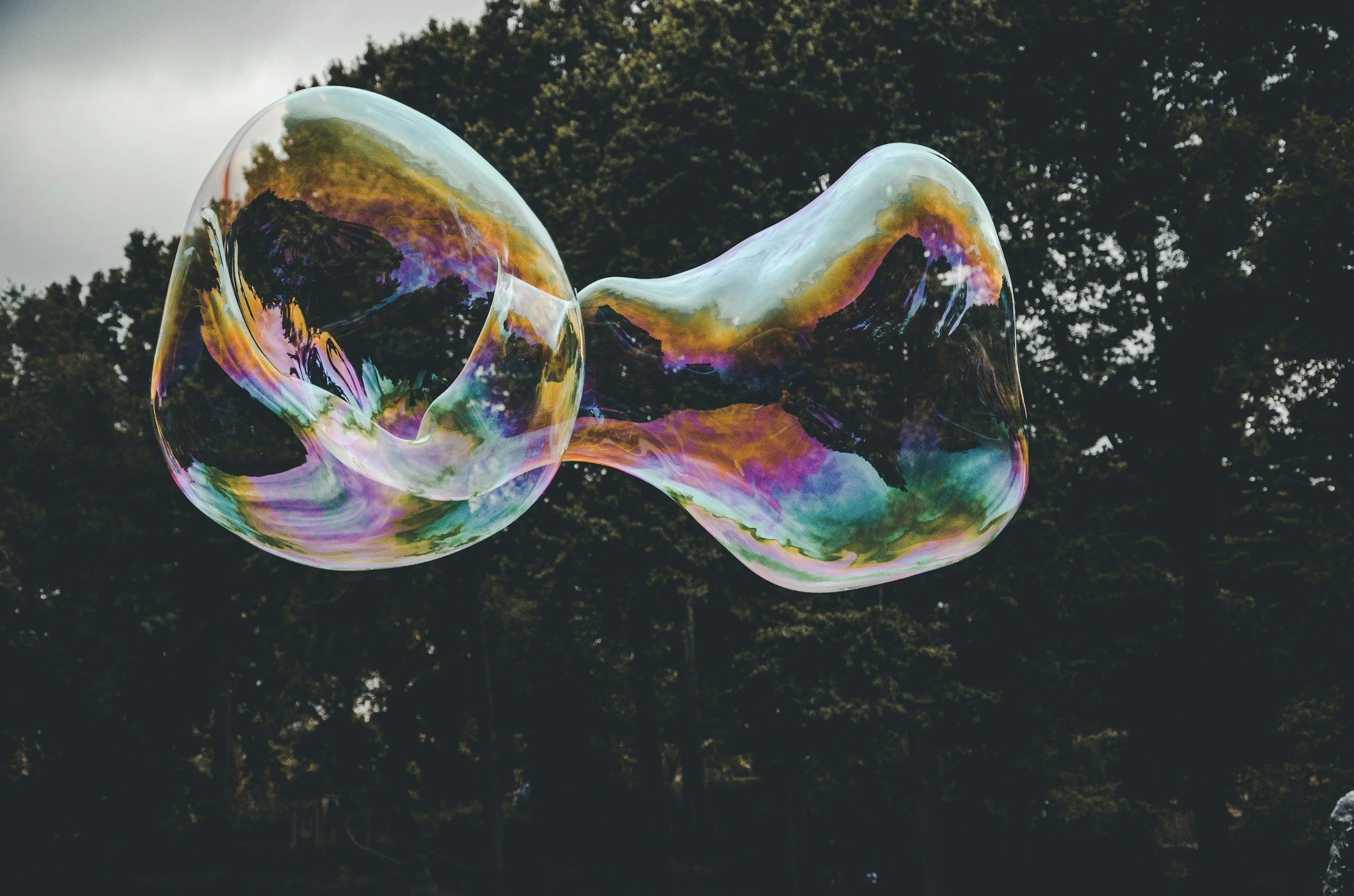Make Connections
Steve Jobs once said, “Creativity is just connecting things.”
I don’t know how many people deliberately attempt making new connections, but it’s a good skill to develop. Multi-sport-athlete (world record holder!) and entrepreneur Laura D’Asaro pushes herself to make connections every single day. She is hands-down one of the most creative people I know, and one of the most inventive entrepreneurs I have met. In our fantastic conversation (available here) she described her process.
What’s your process for connecting things?
A couple of our favorites at the d.school are the Wonder Wander, Analogous Exploration, Divergent Diversions, and radical collaboration. Or you could tempt lightning with scrappy experiments.
The fundamental task of the innovator is to make connections.
As obvious as that sounds, I wonder how many folks go connection hunting.
Related: Seek Random Inputs
Related: Explore Analogies
Related: Divergent Diversions
Related: Recombine Existing Parts
Related: Tempt Lightning
Click here to subscribe to Paint & Pipette, the weekly digest of these daily posts.
Last week, I ran an innovation workshop for the thousandth time. But this time felt different. Every time I noticed that familiar moment where teams hit cognitive quicksand—where I'd normally say "this is the hard part, push through it"—something clicked. This is exactly when AI should step in.
Everyone’s panicking about “AI glazing.” But what if it’s a feature, not a bug? The creative industry's most successful practitioners understand something the rest of us are missing.
I’ve been working on a radical new course at Stanford, which I’m excited to share more details on soon. In the meantime, sharing an early iteration of my thinking on the topic, in the form of my WSJ piece co-authored with the brilliant Kian Gohar.
This post marks my 200th edition of Methods of the Masters—and serves as a fitting bridge between my early focus on human creativity and more recent AI work. In an age of infinite AI inputs, our biology demands we cultivate equally intentional human disconnection strategies.
Special guest post by Brendan Boyle, one of Stanford’s most beloved professors, acclaimed toy inventor, and founder of IDEO’s Toy Lab. He’s taught me more about play than anyone other than my own children.
In five years, no one will care how many people logged into ChatGPT. They'll care about who used it to transform their work. The organizations that understand the difference between more use and better use are quietly outperforming their competitors-while everyone else celebrates meaningless "adoption" metrics.
I thought I was running a standard innovation workshop with one of my favorite clients. Instead, I came to face to face with my own biases, and accidentally broke an entire organization's understanding of what's possible.
My new favorite diagnostic: if you cannot find ways to generate more than $200 of value from frontier AI over the course of an entire month, you're failing a basic creativity test.
This isn't about AI's limitations—it's about yours.
“Think:Act Magazine” was curious about how I incorporate AI into my own creative process as a writer, so they visited my home studio to observe my workflow. What followed was a fascinating exploration of how I use multiple LLMs as collaborative partners rather than just tools. Fun to be featured alongside heroes of innovation like Astro Teller, Amy Edmondson, and the legendary design duo Charles and Ray Eames!










Most companies get AI adoption wrong because they're trapped in "value capture" mode. Efficiency plays might deliver measurable ROI, but they’re essentially defensive moves, and defense alone doesn't put enough points on the board to win. The real competitive advantage comes from "value creation."